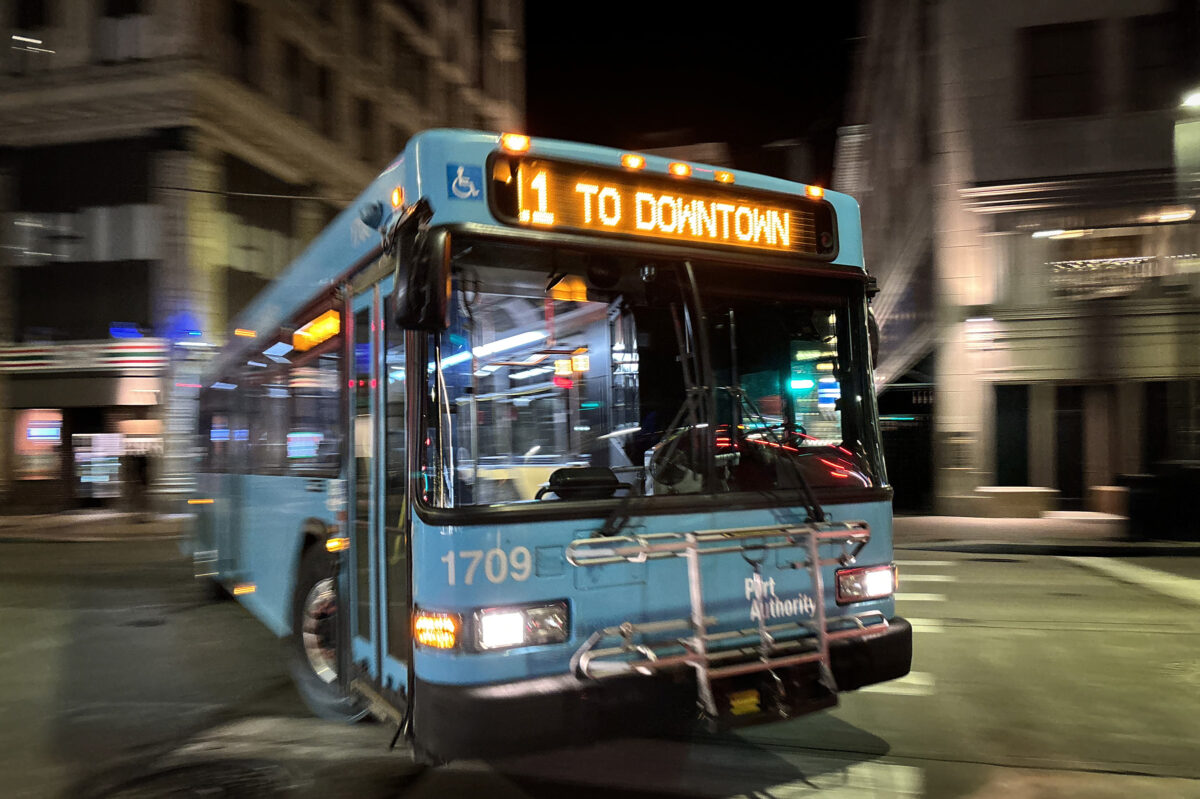Pittsburgh Regional Transit’s finances remain stable, but as the agency prepares its new budget for approval in June it is pointing to looming financial problems three years down the road.
Chief Financial Officer Donminika Brown presented the agency’s preliminary operating and capital budgets to the board’s finance committee on Thursday. The operating budget, which likely will have minor changes before it is approved next month, calls for a 0.27% increase in spending to $536.8 million.
But Brown said the agency still is projecting that without a major change in state funding for transit that PRT could begin running a deficit in fiscal year 2028. As a result, CEO Katharine Eagan Kelleman already has been discussing future financial needs with state leaders in Harrisburg.
“I wouldn’t say we are sounding the alarm,” Brown said in an interview after the meeting. “I’d say we’re making a concerted effort to get ahead of it and make people aware of what is coming.”
Like most major transit agencies, PRT struggled for ridership and faced increased costs for cleaning supplies and maintenance employees during the pandemic. The federal government provided massive subsidies to reimburse those financial losses, but that money is running out at various times across the transit industry, and ridership may never return to pre-pandemic levels locally.
The local agency was allocated about $500 million in subsidy funds, and it will draw down the last $51 million before the end of June on the advice of Federal Transit Administration officials. That money will become part of the agency’s operating reserves, which stood at $376.2 million at the end of March.
Gov. Josh Shapiro has proposed increasing the state transit subsidy by $1.41 billion over the next five years as part of his budget package this year, which would provide $39 million a year to PRT. Even if that money is approved, Brown said PRT expects to use a portion of the operating reserve each of the next few years to balance the budget and projects the agency could run out of money and face a funding deficit for the fiscal year that begins in July 2028.
By comparison, the Southeastern Pennsylvania Transportation Authority said last year it would spend the last of its special federal subsidy money this year and predicted it could enter “a death spiral” unless funding changed.
Brown said a quirk allowed PRT to have such a small increase in the new operating budget. Since 2008, the agency has made extra payments into its pension fund to repay substantial losses during the recession, but those payments ended this year.
The preliminary budget calls for filling 250 vacant positions and adding 21 new jobs, 13 nonbargaining unit members, one salaried person at the Amalgamated Transit Union and seven hourly ATU jobs.
The proposed capital budget for construction projects calls for spending $175.1 million, down 4.4% from the current year. That budget can fluctuate from year to year based on the agency’s needs.
The final list of projects for next year hasn’t been finalized, but it likely won’t include any new unexpected projects. The agency is reviewing whether it will borrow any money to begin projects that don’t have dedicated funding already, Brown said.
Ed covers transportation at the Pittsburgh Post-Gazette, but he's currently on strike. Email him at eblazina@unionprogress.com.



